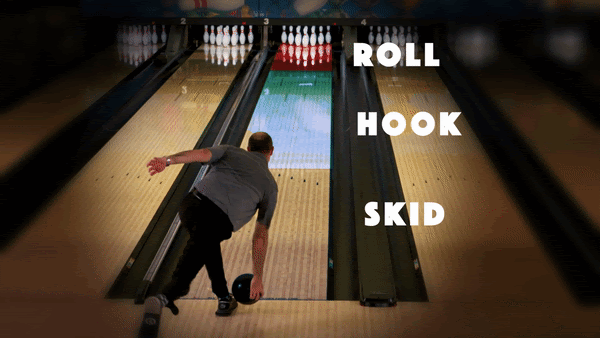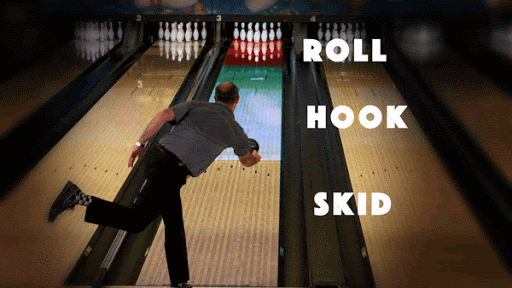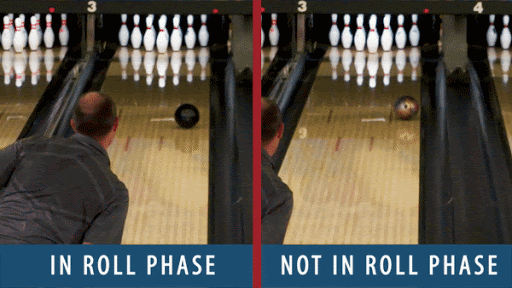
Breaking Down Bowling Ball Motion
Erik VermilyeaWhen a bowling ball travels down lane, it goes through three distinct phases: skid, hook, and roll. In this video, Coach Erik Vermilyea with Track demonstrates how understanding ball motion dictates bowling ball choice.
Overview
From the time you let go of the bowling ball, the bowling ball is slowing down. The fastest the bowling ball rolls is when it first comes off of your hand. Simultaneously, the bowling ball has the most axis rotation at the point of release and its axis rotation lessens as the bowling ball travels down lane.
When a bowling ball successfully travels through the three phases of ball motion—skid, hook and roll—you’ll know you are “matched up” with the correct bowling ball, imparting the correct speed and rotation for your style of play.
Skid Phase
The skid phase occurs from the foul line to the arrows (first 15 feet). The highest volume of oil is generally concentrated in this area. The bowling ball is at its fastest speed with its most axis rotation, giving the bowling ball the ability to skid through the oil.
Hook Phase
The most complicated part of ball motion to understand is the hook phase. The hook phase occurs from the arrows to the range finders (15 to 45 feet). The bowling ball is now losing speed and it will begin to get into a more end-over-end roll while beginning to change direction (right to left) in a controlled manner.
You do not want the bowling ball to enter the hook phase too early or too late. In order to identify this, you need to start looking at the lane front to back instead of side to side. The roll phase is what determines if your bowling ball is in the hook phase too early, too late, or just right.
Roll Phase
The roll phase happens in the last 15 feet on the lane. The bowling ball hits the breakpoint and straightens out, heading towards the pocket. Once the bowling ball makes its motion towards the pocket, it eventually runs out of energy and it is rolling at its slowest speed with the least amount of axis rotation.
The bowling ball needs to be in a roll when it hits the pins. This gives you the least amount of pin deflection, resulting in more strikes.
Note how the ball continues to drive through the pins. If it deflects, the bowling ball didn’t get into a proper roll, meaning that it is not matching up to the speed and rotation you are imparting on it.
This is what tells you to move on the approach with your eyes, change the bowling ball’s surface, or finally, to change bowling balls to better match up to what the lane is giving you.
For more great information on bowling ball motion, check out Understanding the Rule of 31 and Getting Lined Up in Practice Time.





